Some of the first personal computers available to the world were nothing like what we have access to today.
Instead, they looked something like this: a text-only interface with no user-friendly drag-and-drop option, and used mainly by universities for research.
Think of a glorified typewriter, but way more complicated to handle and not something you’d ever want to create with.
Then in 1984, the first GUI-based computer dubbed “Mac” was released to the public and considered a smashing success. As Adam Powell notes for Wired, not only were they billed as “insanely great.” they were also “relatively inexpensive and fantastically easy to use.”
The true potential of these machines, however, was that they possessed an attractive visual interface — making it radically easier to use. Suddenly, people didn’t need to type commands out anymore, which meant that “sales of home computers took off like a rocket,” Powell writes.
Programs like MacPaint, which contained the seminal elements of Photoshop, the king of modern graphics editing programs, turned an entire generation of artists on to the possibilities of digital art.
He adds: “Word processing was never easier. There was a shortage of software, but companies were eager to develop for the Mac, seeing its potential for widespread infiltration into the non-techie market.”
And as you know, the rest is history.
What democratizing software means for non-techies
The above example shows how democratizing the personal computer allowed for greater access to the average person. With the knowledge barriers lowered, if you were a writer or artist, you could just crank up your machine and start creating.
But it hasn’t just benefited creatives. As Bubble co-founder, Emmanuel Straschnov, explained in an interview: “No-code’s promise is literally to have millions of people creating the tools they need, rather than relying only on software engineers.” Even as these products have been around for quite some time — this is what the movement is essentially about.
It’s also what I’ve aimed to do in creating no-code products with my own company, Jotform, for the past 15 years: making what was once only in the hands of a few, now accessible for all.
With our easy-to-use form builder, we’ve made it possible for people from all walks of life to customize their own forms without the hassle of having to make one from scratch. So, for example, Jotform lets you build with a click and point of your mouse — all without having to type any code.
We’re able to empower people by removing skills limitations. In other words, you no longer have to be a tech whiz to perform simple tasks like collecting payment from a client or creating a survey.
Other companies like Bubble, Webflow, Shopify, and Voiceflow are also all GUI-based tools that allow anyone to create without needing to code. “Back in 2013 and 2014, we heard a lot that the solution was to teach everyone to code. Just create more coders!,” Straschnov emphasized. “But now no-code has really gotten powerful enough to build strong tools, to the point where I think no-code will win out over the ‘learn to code’ movement.”
Why the no-code boom is critical right now
Just as the Mac democratized computer technology — finding its way into the homes and offices of hundreds of millions of Americans and changing the course of history — I believe that same process is taking place with no-code software. In giving people who have great ideas the ability to make a positive impact.
And never has that been more crucial than the current moment we’re living. “The crisis is making it obvious just how much we need more control over our tools,” Straschnov noted.
Here at Jotform, we’ve witnessed this firsthand. In the wake of the pandemic, we saw how healthcare workers, first responders, and government, as well as nonprofit organizations all, used our products to benefit their communities in some way or another.
Of course, the help of no-code didn’t end there. Here are two other ways the movement has benefited people during this pandemic:
1. Helping larger businesses remain agile
Back in October, we released one of our newest products Jotform Tables which allows for more seamless collaboration. We spent three years developing this all-in-one workspace where teams can easily collect, organize, and manage their data.
While we always envisioned a tool that would help organizations save time, we’ve also received feedback that it’s been a great resource during this COVID-19 period, making it easier for users to share and retrieve data for programs and projects.
Software tools like ours, and others such as Asana and Zapier, have helped larger businesses who have struggled since the onset of the coronavirus outbreak to improve their workflow processes. They’ve also allowed them to remain agile by making it easier for employees with zero developer skills to automate tasks without needing complex code.
2. A support for freelancers and small business owners
As unemployment and economic uncertainty rose exponentially, more and more people began to explore monetizing their creative and entrepreneurial pursuits — all with the help of no-code tools. They built their own websites using Squarespace, or used Shopify to set up an online shop within a matter of hours, rather than months.
In the past, people would have to spend a hefty sum to start their own business. They would have had to rely on web designers before even considering setting up shop.
But now, with the no-code boom, freelancers and small business owners are able to take decisions like the above into their own hands without having to depend on others — allowing them not only to stay afloat, but to build something they can be truly proud of.
This is what most excites me when I think about the impact of this movement.
Just as we fondly recall those revolutionary first days of the Mac’s release, I hope that when we look back on this time, we’ll be able to say it was when the coin flipped. That it was a watershed moment for non-techies to create and communicate in ways they never could have fathomed.








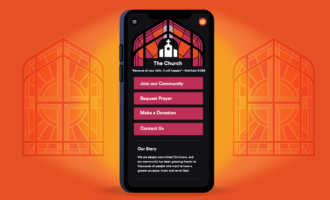








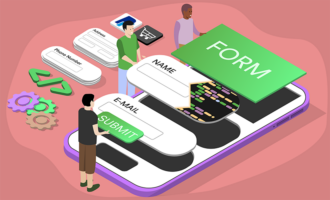







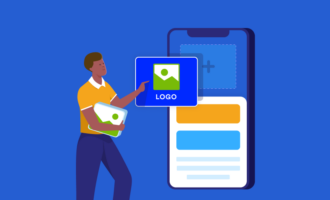







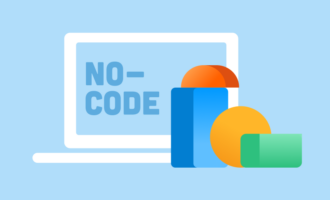

























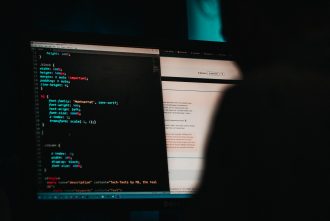



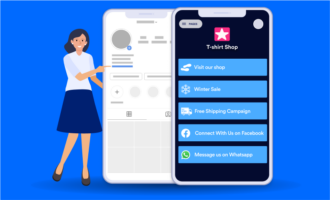


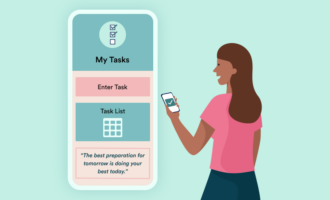




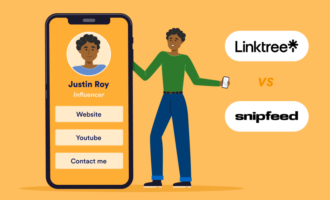








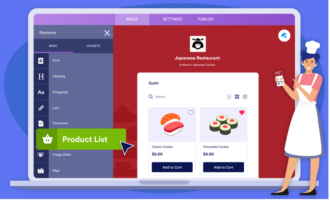

Send Comment: